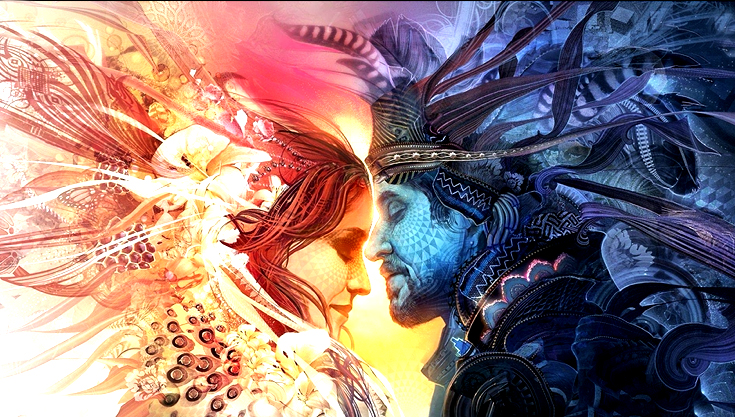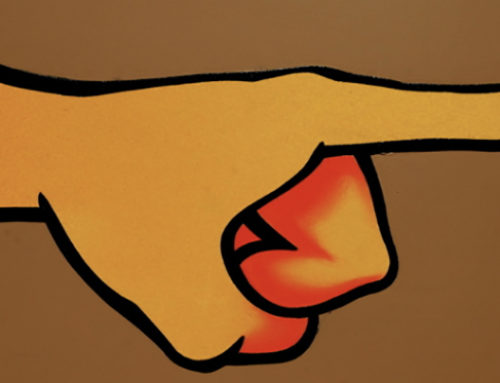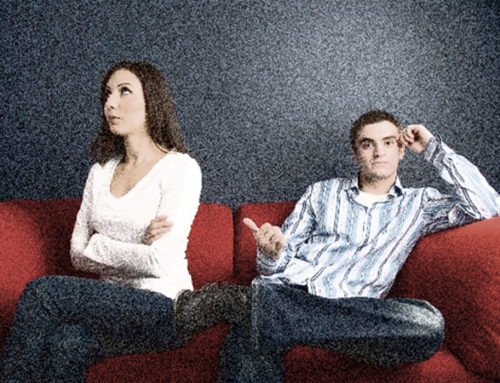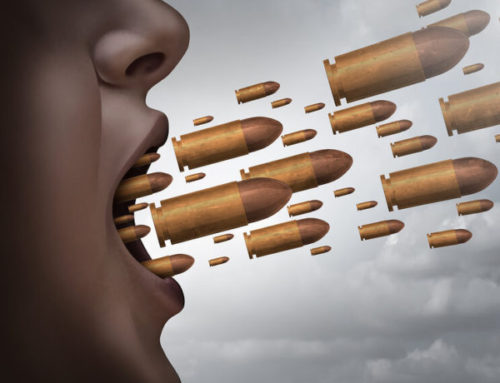
Those of you who have had a therapy session with me are probably quite familiar with the term “archetype.” Very briefly, an archetype is a pattern of behavior, or more accurately, a pattern of “being” much like an instinct. According to the Swiss psychiatrist, Carl Jung, the archetypes have formed over eons of human existence (or could have been fully formed when humans first appeared) and govern much of our individual existence. The Greeks, Egyptians, and Romans “invented” their pantheon as a representation of some of the basic archetypes (that’s why they had so many gods and goddesses!)
Some of the more common archetypes are King, Queen, Father, Mother, Lover, Warrior, etc. They typically are divided between “masculine” and “feminine” (although not always) which has little to do with gender, as any archetype can be constellated (activated) in any individual regardless of gender.
I said my explanation would be brief, and brief it is! Countless books have been written on the intricacies of the archetypes. Jung himself changed his definition of them and their function a few times in his life, and to be honest, no one really knows exactly what they are. “Template” seems to be a common word used in their definition, but again, they are more “felt” than known. My explanation obviously is incomplete.
One of the first things to understand about archetypes is they typically have a “nice” side and a “shadow” side. This is easy to visualize when you think of a King having the attributes of both a tyrant and a benevolent overseer of his subjects, or a warrior being both, at times, a protector and a murderer. Sometimes this shadow is mixed with the brighter side of things, and it is always best to “integrate” them when they are being conflictual within ourselves—i.e., it is best to love ourselves in our entirety, rather than ignore the darker elements of our psyche and push them deeper into solitude, or project them onto others!—they don’t like that and will usually put up a fuss about it we would rather not deal with. We have more control over the archetypes when they are largely conscious. We can choose to not “act out” the shadow if we are conscious of it and its behavior.
So, what is an “Archetypal Romance”? When looking at a partnered romantic couple, of any sort, there will be certain archetypal forces, both good and bad, at play. They will influence the couple, and will drive, largely, their behavior and their responses to the other’s behavior. I believe if we see these forces clearly for what they actually are, rather than what the culture tells us, or what we inadequately rationalize in our effort to make sense of them (due to their typically unconscious influence), we will be able to form a better relationship with our partners.
With heterosexual couples it is rather easy to relate the symbols and images of the archetypes with gender. Gendered males usually identify with the typical masculine archetypes such as the King, the Magician, the Warrior, and certainly the Lover. Gendered females likewise—Queen, Aphrodite (Maiden), Mother (Matron), Crone, etc. (there is a myriad of female goddesses, thus archetypes, to choose here.)
In non-heterosexual love-partnerships the masculine and feminine archetypes are constellated the same way but may not be gender correlated. A masculine archetype also does not need to be matched with a feminine archetype. All that is needed to understand archetypes and their influence over you is to be aware of them and their power.
Couples very often get mired down in archetypal dysfunctions. The most common I see in my practice is a “boy to mother” dynamic. The “boy” archetype, typically constellated in the male partner, does not function well with the “mother” archetype typically constellated in the female partner. Again, in this sort of typical matching the effort is to recognize the mismatch of archetypal energy (it is a “mismatch” because those experiencing the “mother/boy” dynamic cannot have a full intimate relationship) and begin to work together moving your “train” to the grooves of a different track—which would be “husband/wife” archetypal energy that leads to a more successful relationship.
Since most of my experience is in heterosexual relationships most of my examples are limited to heterosexual archetypal forces. However, they would still apply to any sort of sexual orientation, only a bit differently (although there is no particular reason why a non-heterosexual couple could not have the exact same positive or shadow archetypes constellated in their relationship.) The key in a successful relationship, using archetypes as a tool in navigating through them, is to understand which archetypes are constellated and what shadow elements are presenting in the relationship. With this awareness the couple can have more success in moving toward an archetypally functioning experience.







Great Article Todd! It’s a really interesting way to look at the personality dynamics in a relationship and how to interact with the various Archetypes given the circumstances.